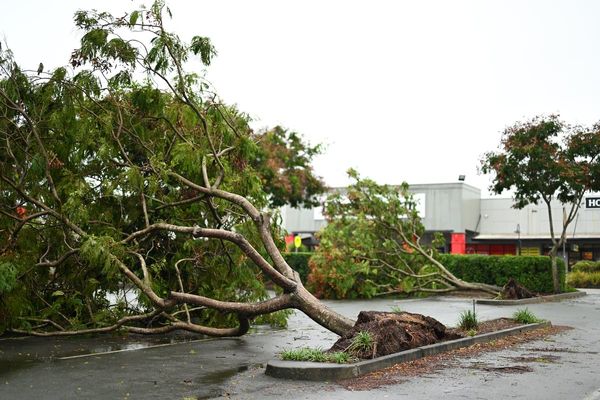Britain’s jobless rate has risen unexpectedly and the number of workers on payrolls has fallen by the most since the height of the pandemic, according to official figures.
The Office for National Statistics (ONS) said the rate of unemployment increased to 4.4 per cent in the three months to November, up from 4.3 per cent in the three months to October.
The number of payrolled employees was estimated to have tumbled by 47,000 during December to 30.3 million – the biggest drop since November 2020. It follows a revised 32,000 fall the previous month.
But the statistics showed wage growth rose again, with average regular pay surging to 5.6 per cent in the three months to November and outstripping Consumer Prices Index inflation by 3.4 per cent.
The figures come amid warnings over pressure on businesses and a pull back in hiring after Budget measures announced by Chancellor Rachel Reeves will send wage costs higher.
ONS director of economic statistics Liz McKeown said: “Pay growth picked up for a second consecutive period, again driven by strong increases in the private sector.
“Real pay growth, which excludes the effects of inflation, increased slightly. The number of employees on payroll, drawn from tax data, fell in the three months to November.”
She added: “Alongside this, the number of vacancies fell again, for the 30th consecutive period, although the total number remains slightly above its pre-pandemic level.”
In a further sign of a weakening jobs market, the ONS said vacancies dropped by 24,000 in the three months to December, to 812,000.
The British Chambers of Commerce (BCC) said “warning lights” on the jobs market were flashing.
Jane Gratton, deputy director of public policy at the BCC, said: “The labour market continues to be challenging for many businesses, with wage growth continuing to rise as firms compete for skilled workers.
“This is a concern as they face a significant rise in employment costs in April.
“However, there are also signs of further loosening as unemployment ticks up, vacancies continue to fall and economic inactivity dips.
“The full impact of the changes to national insurance and the minimum wage, announced at the Budget, won’t be fully seen until later in the year. However, the warning lights on recruitment, employment and training are already flashing.”







